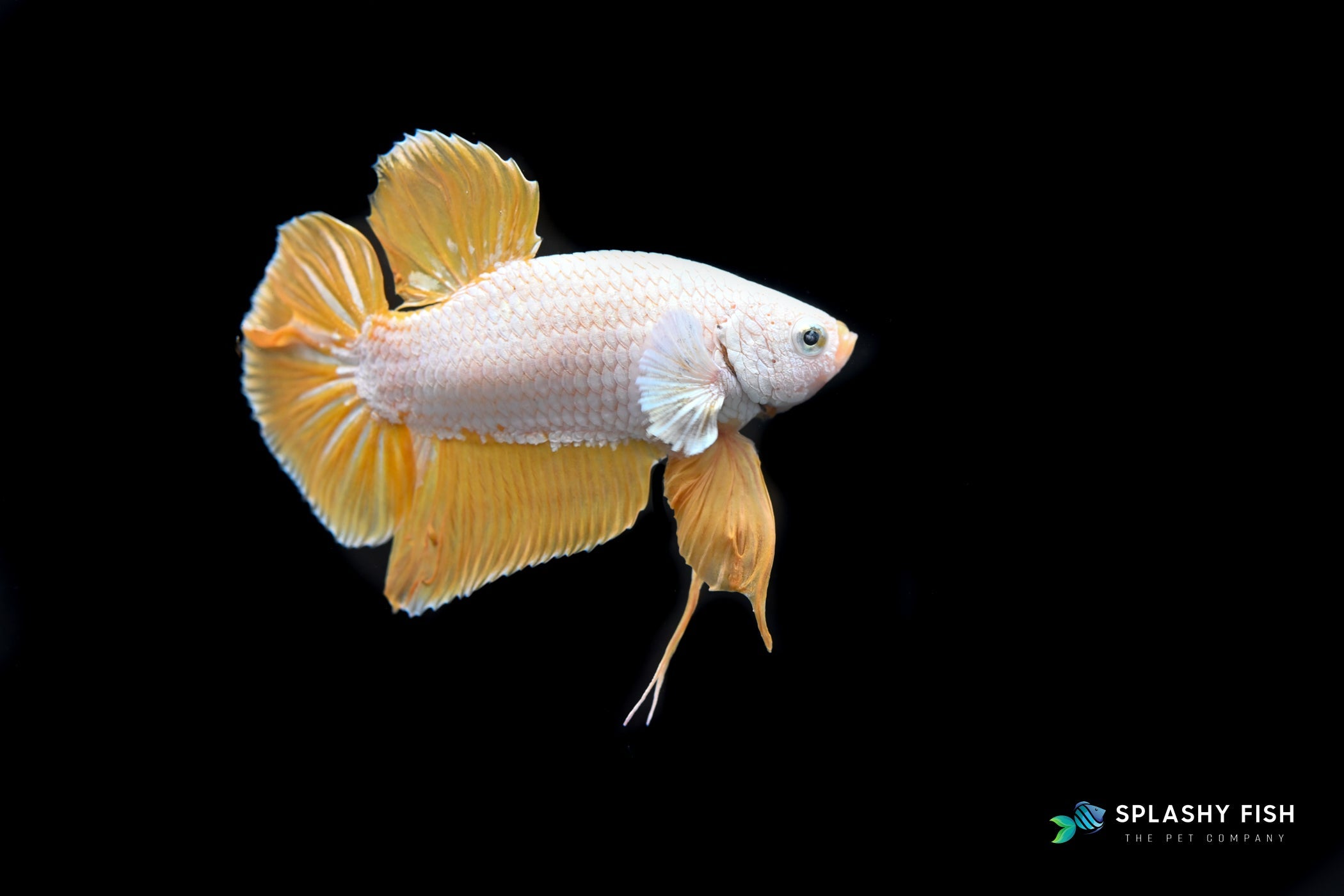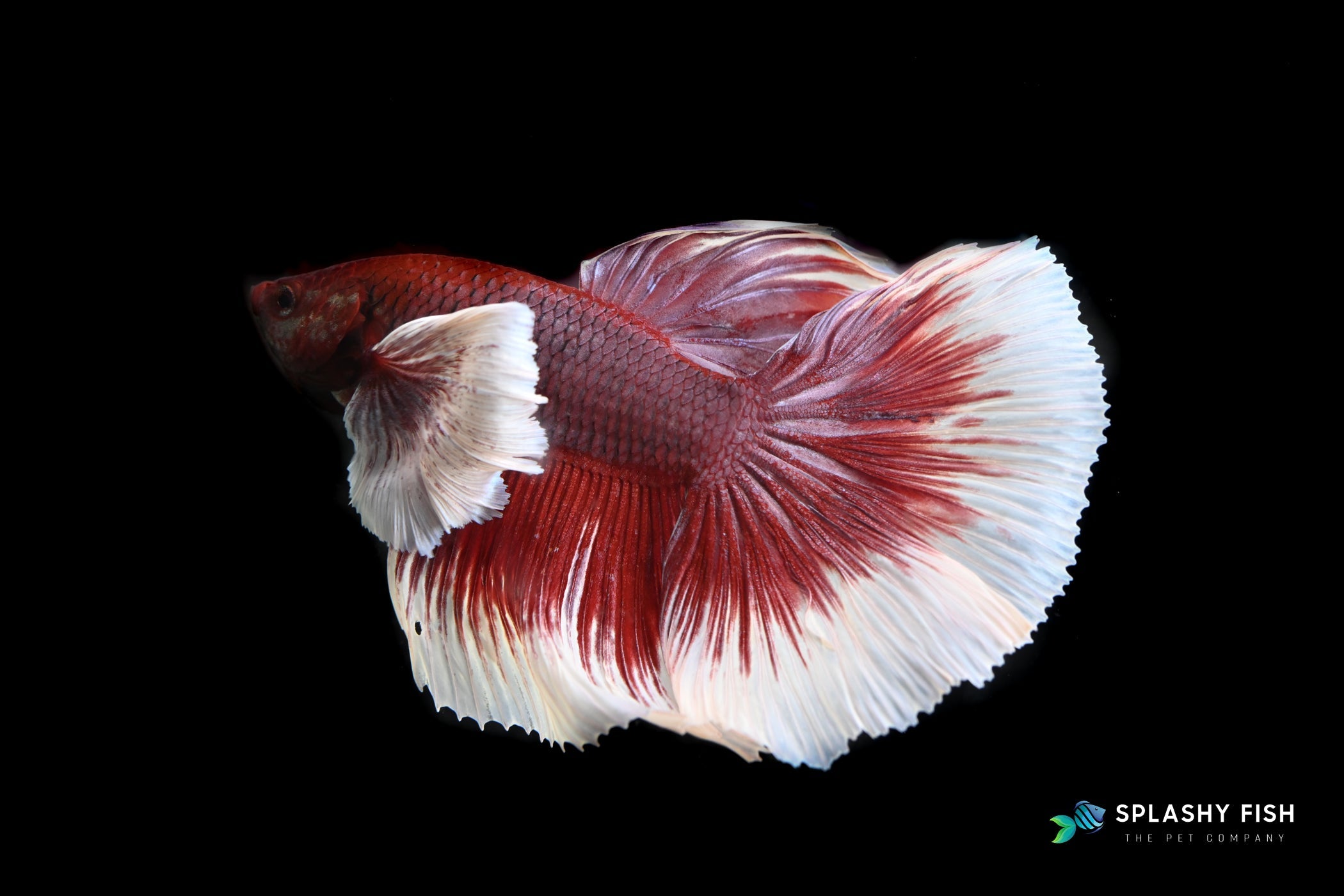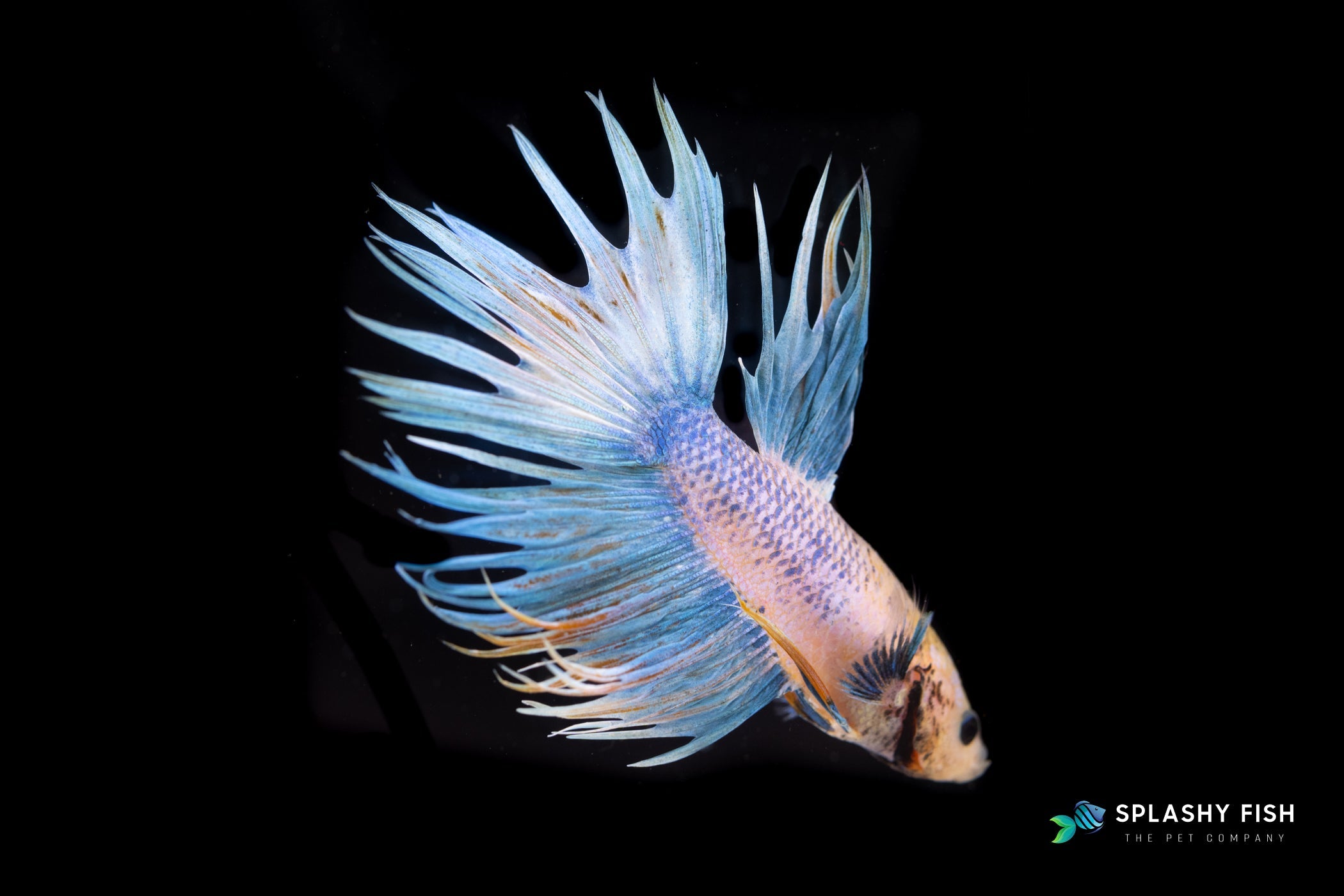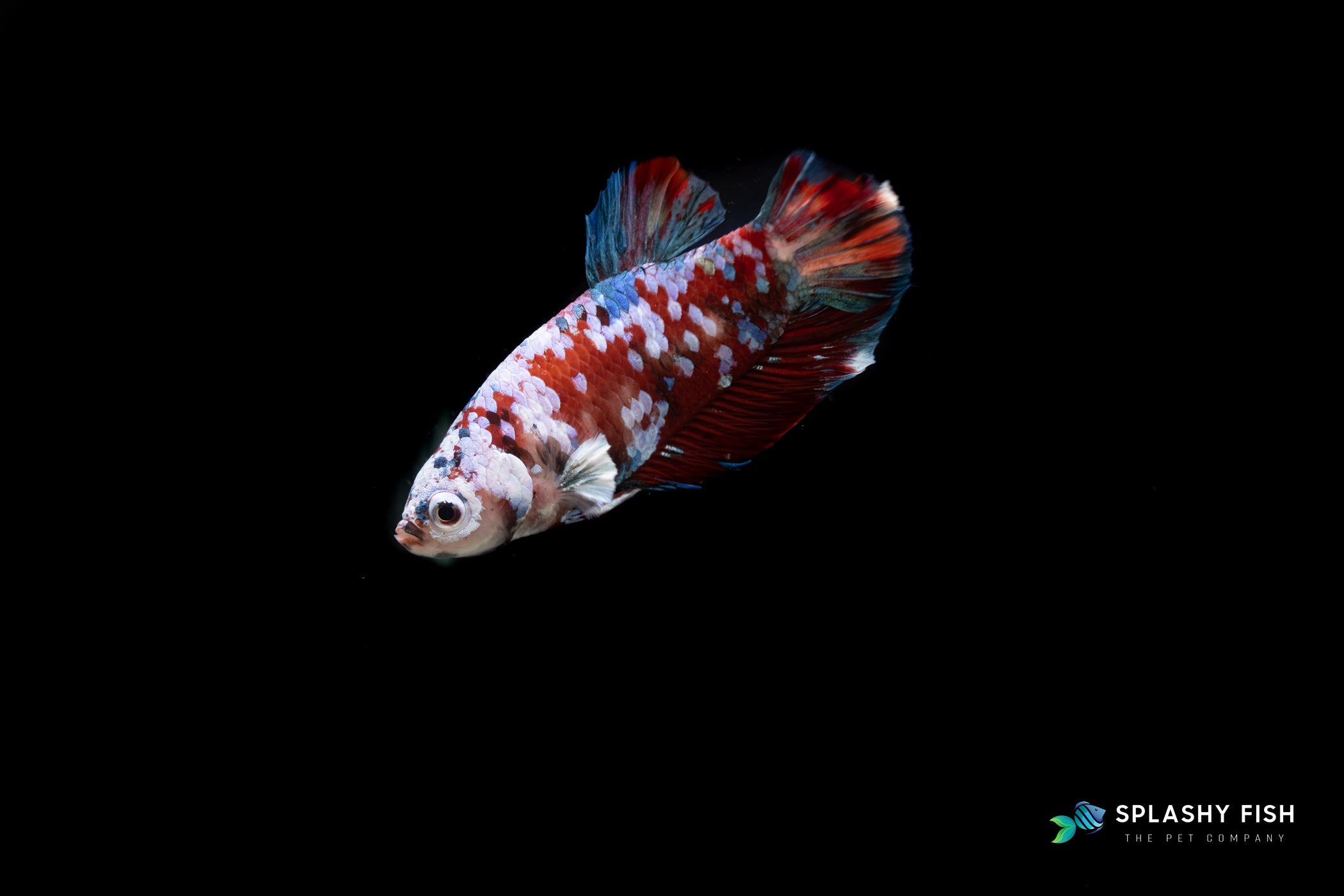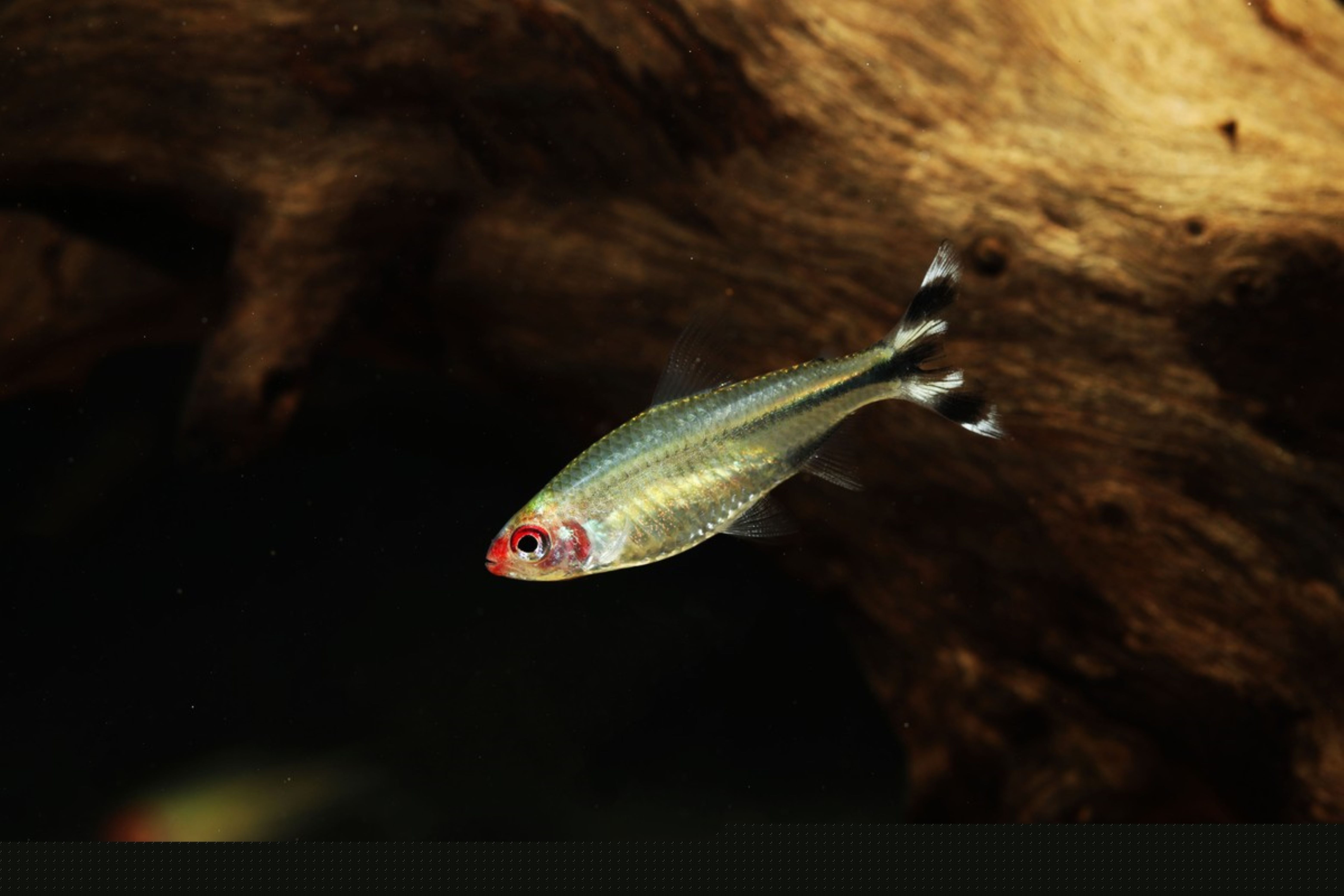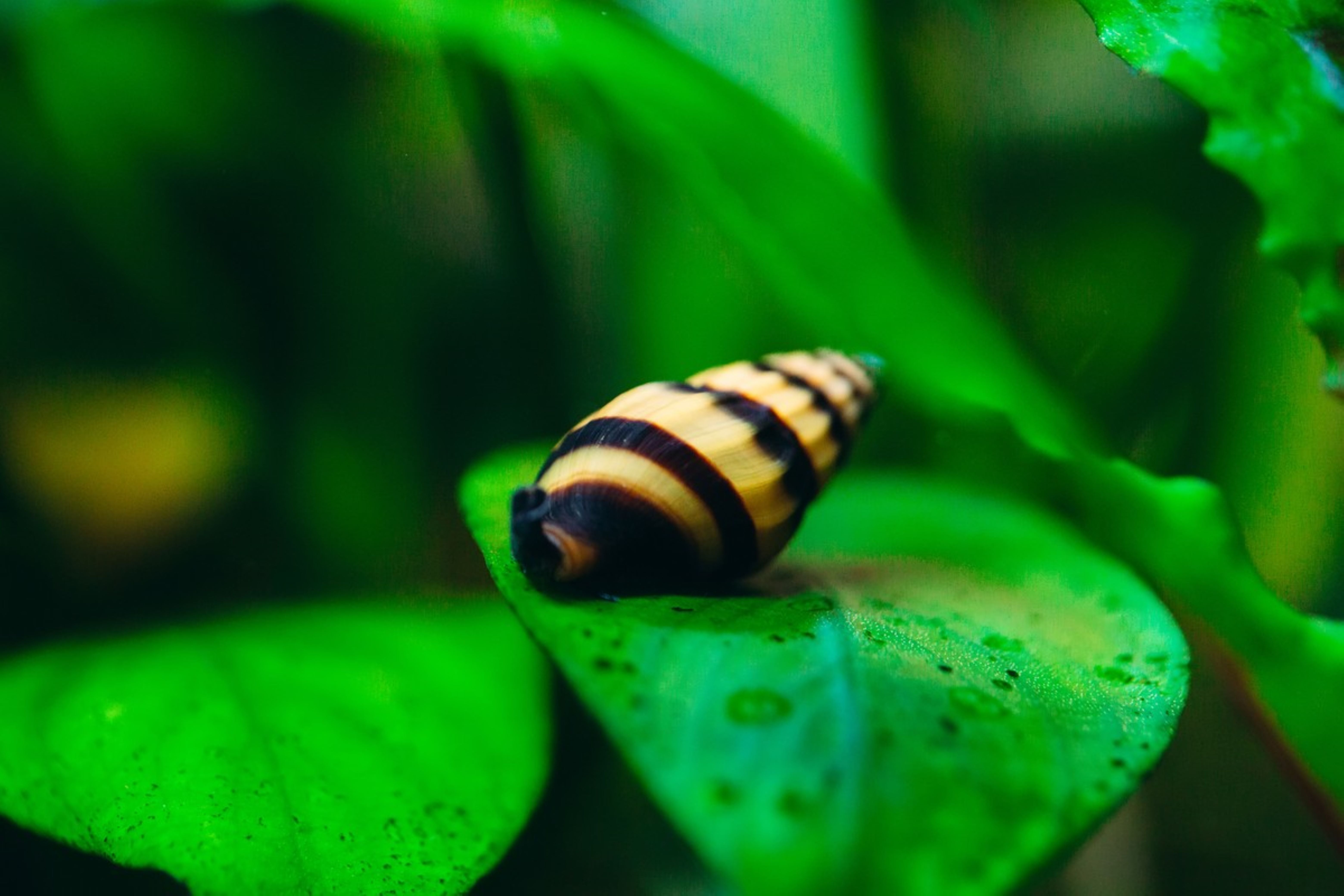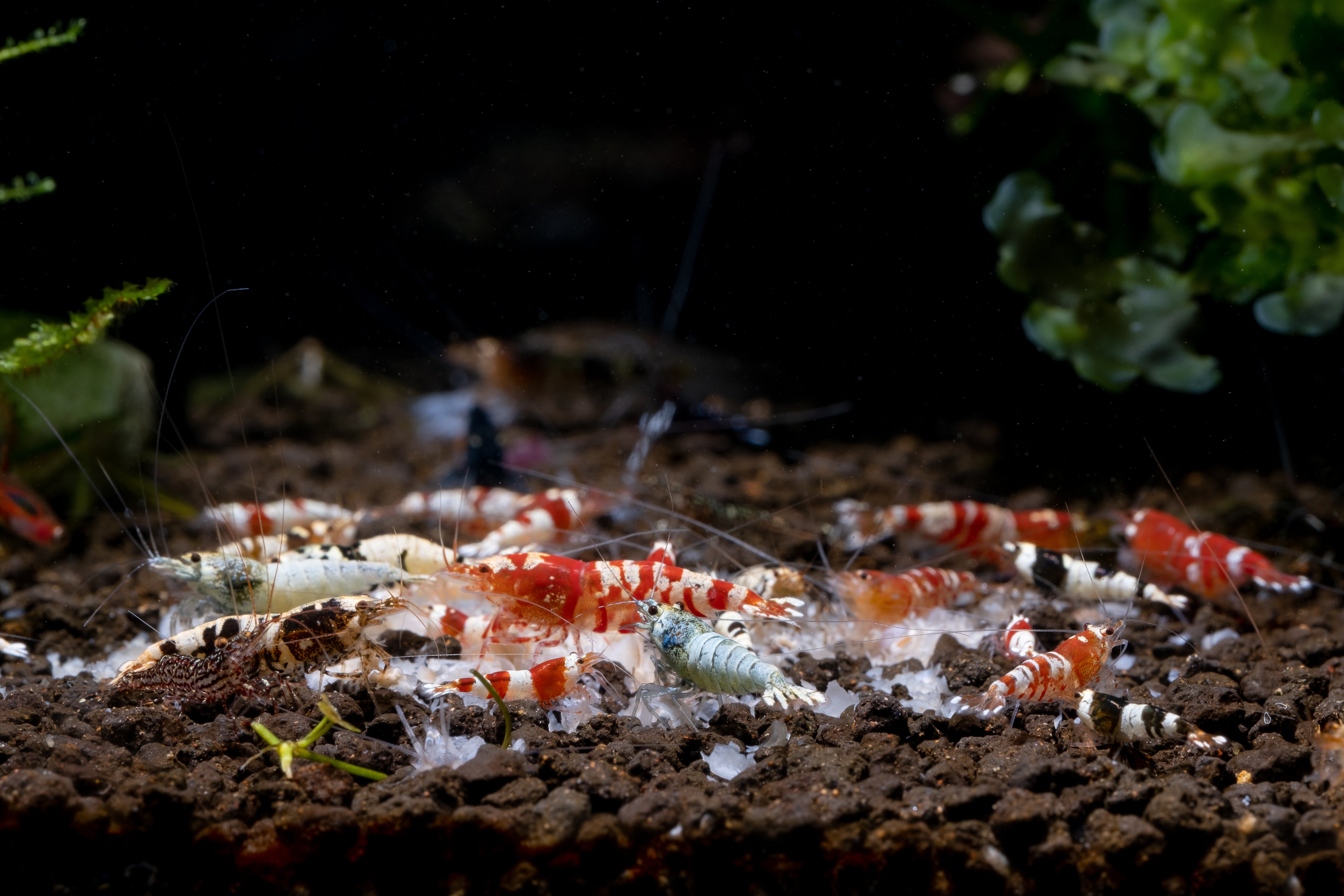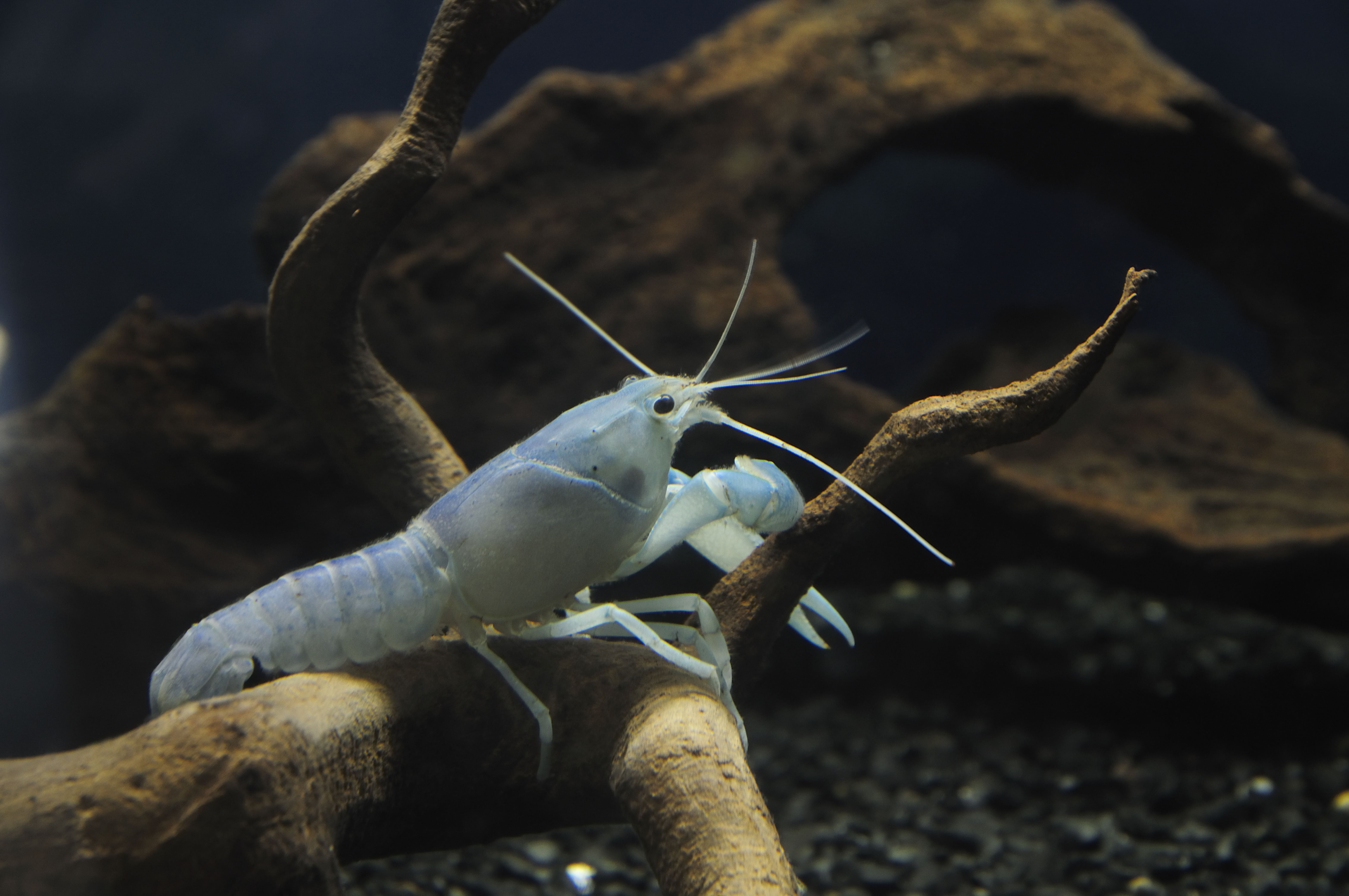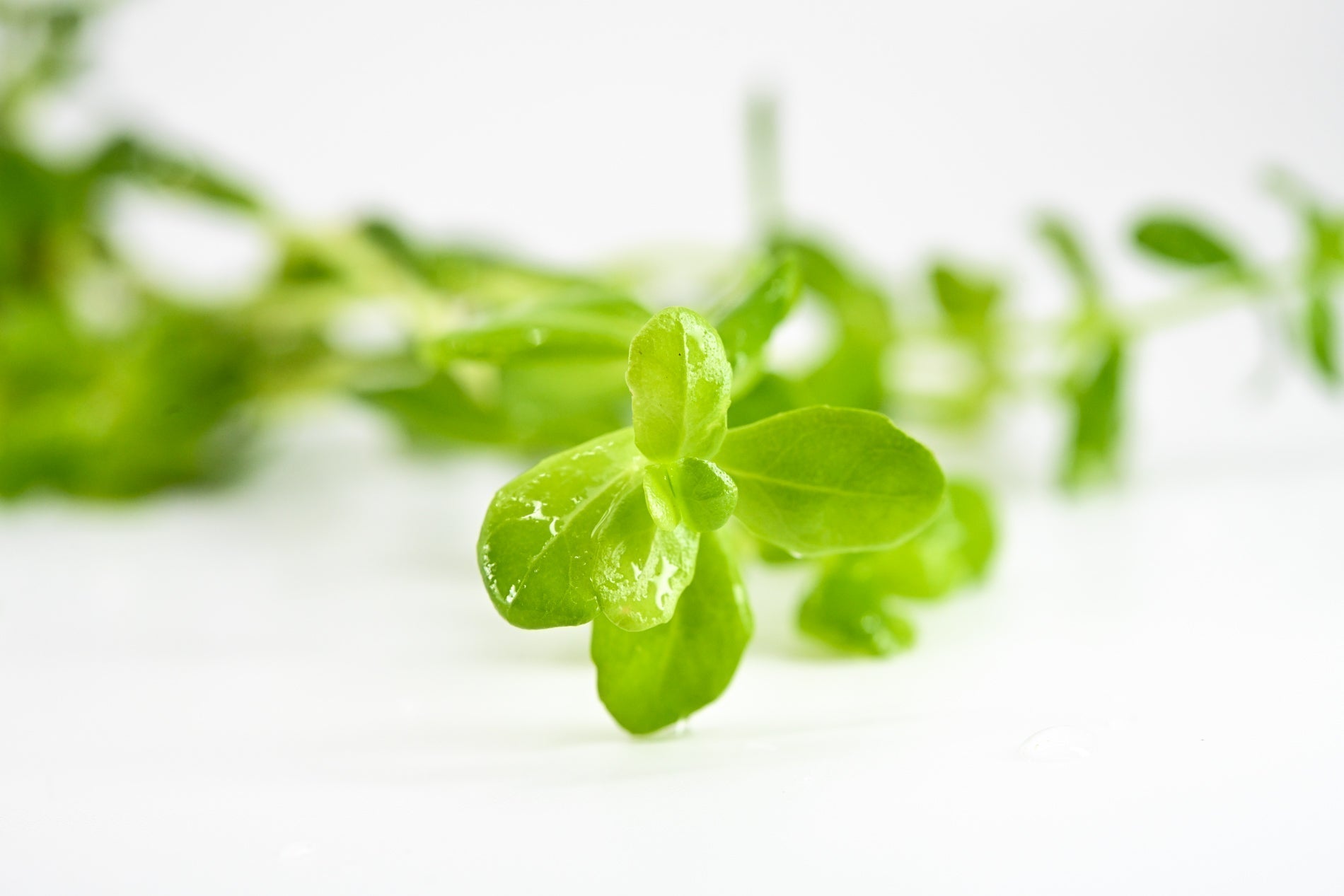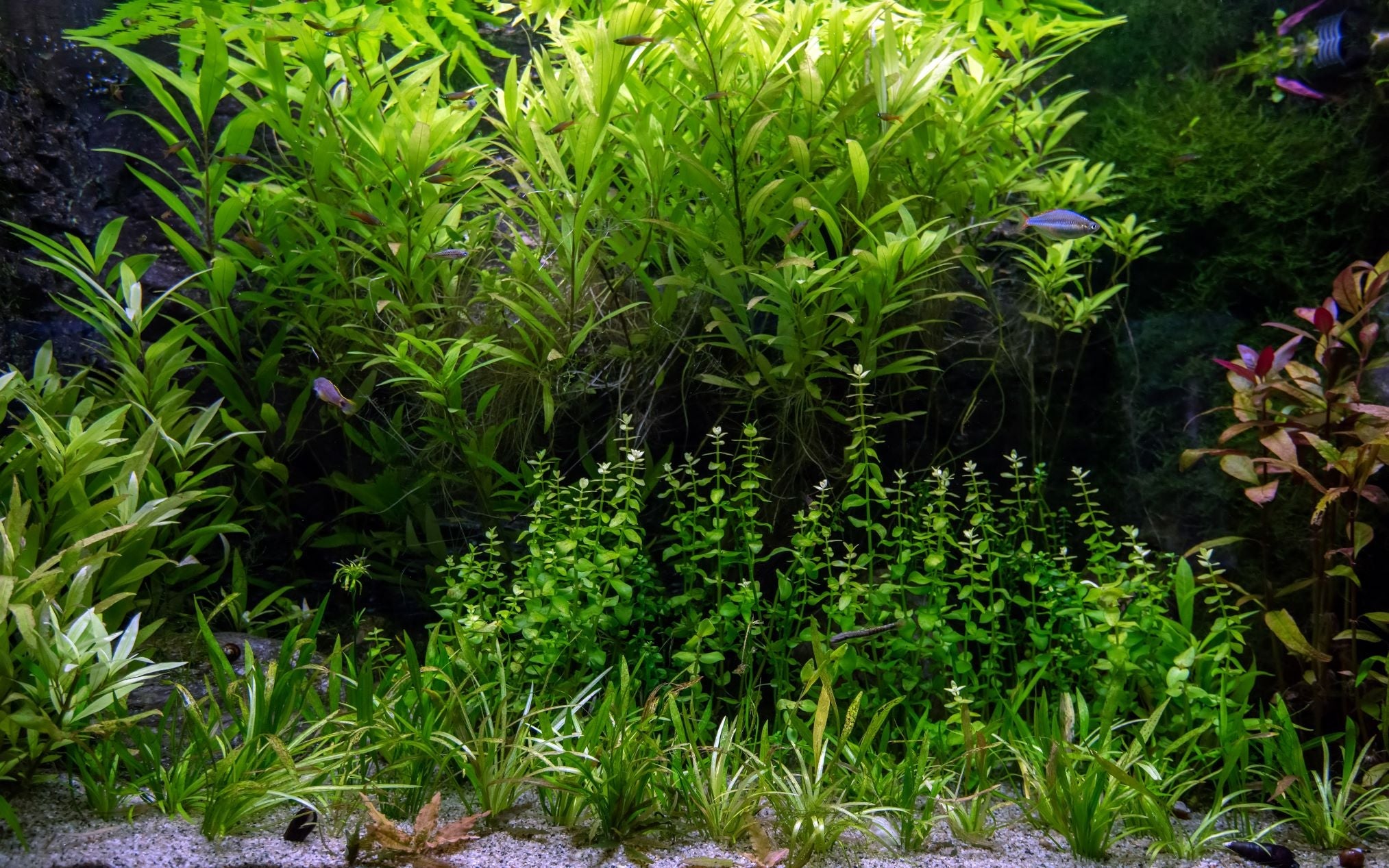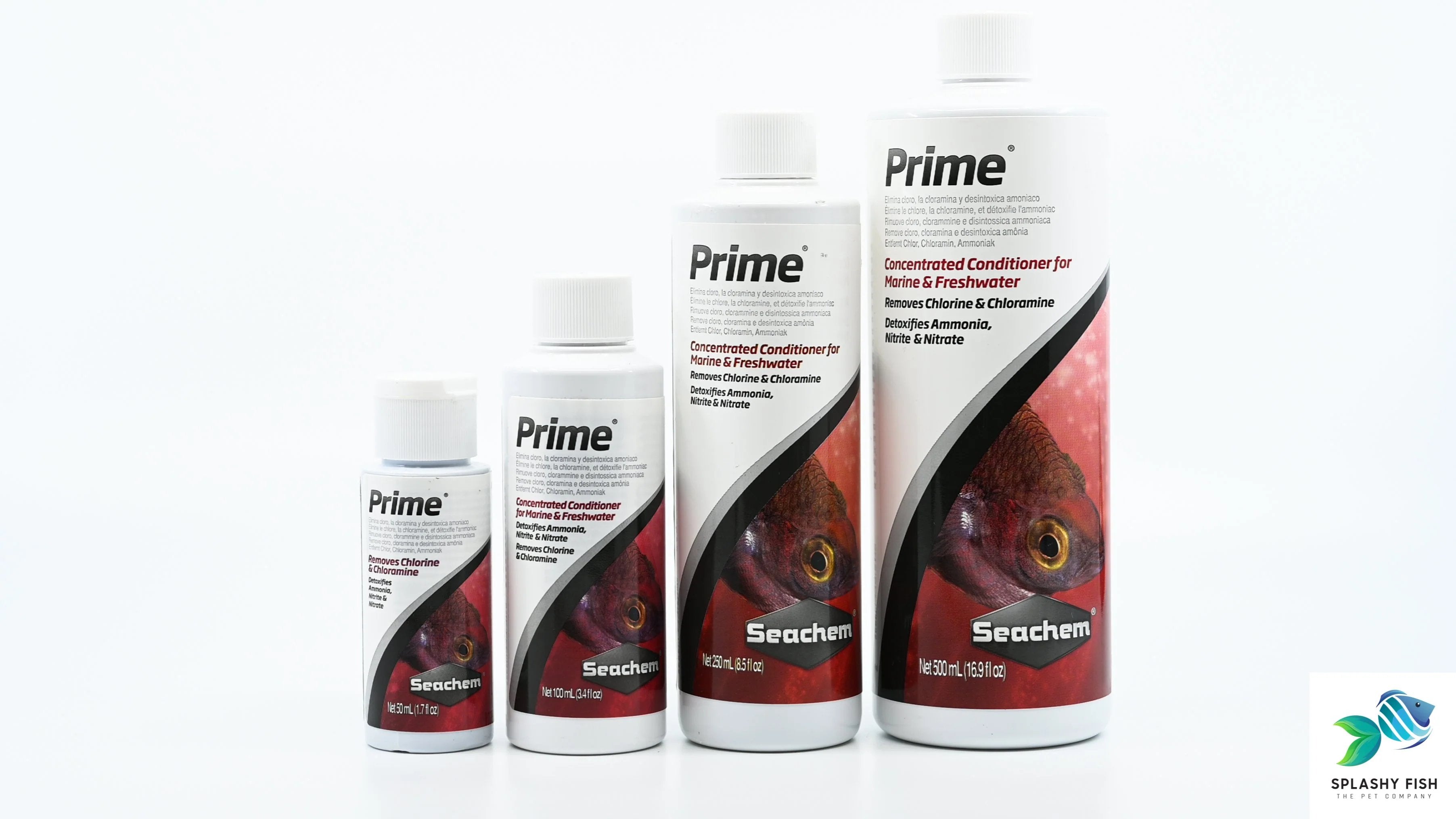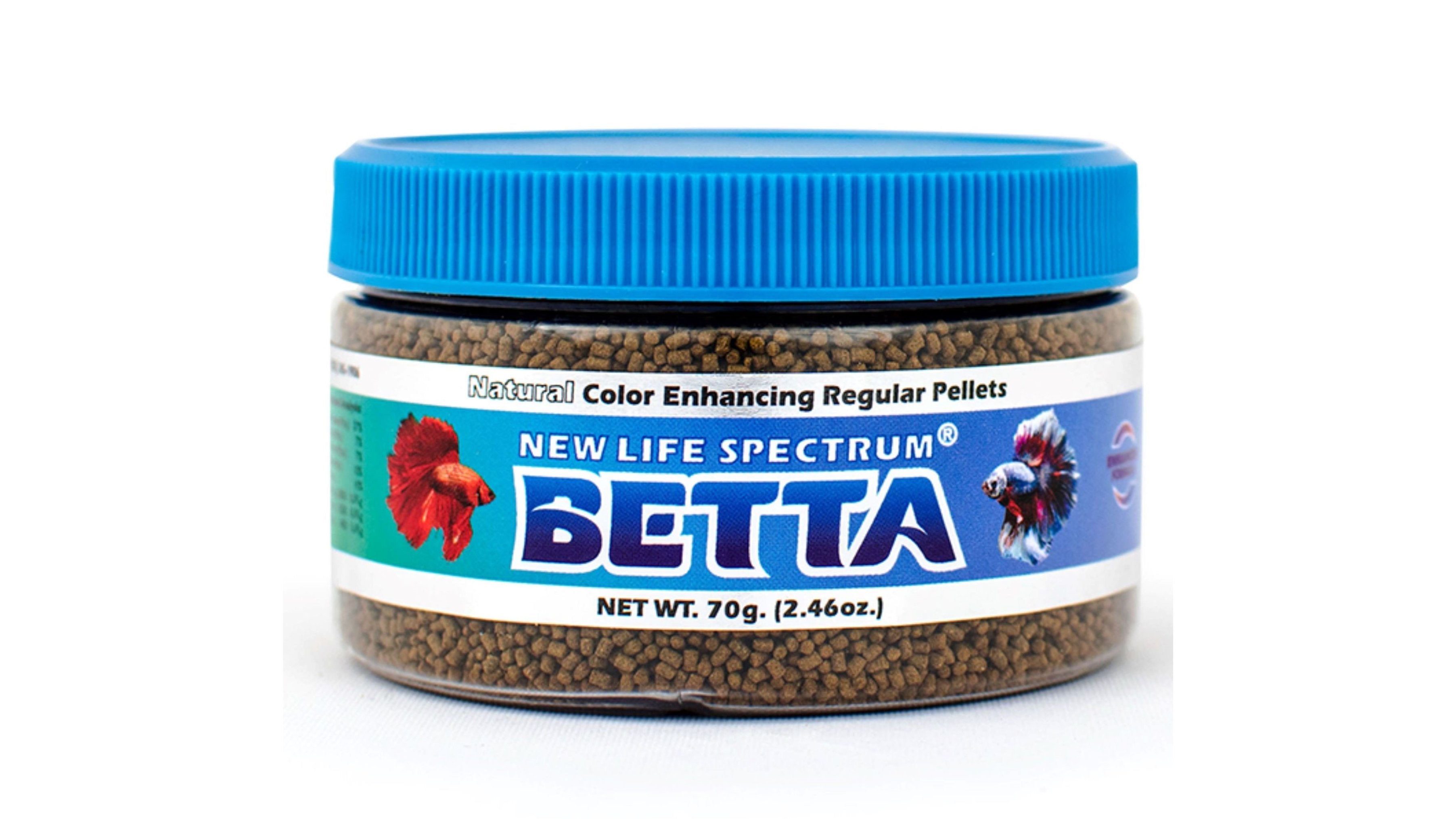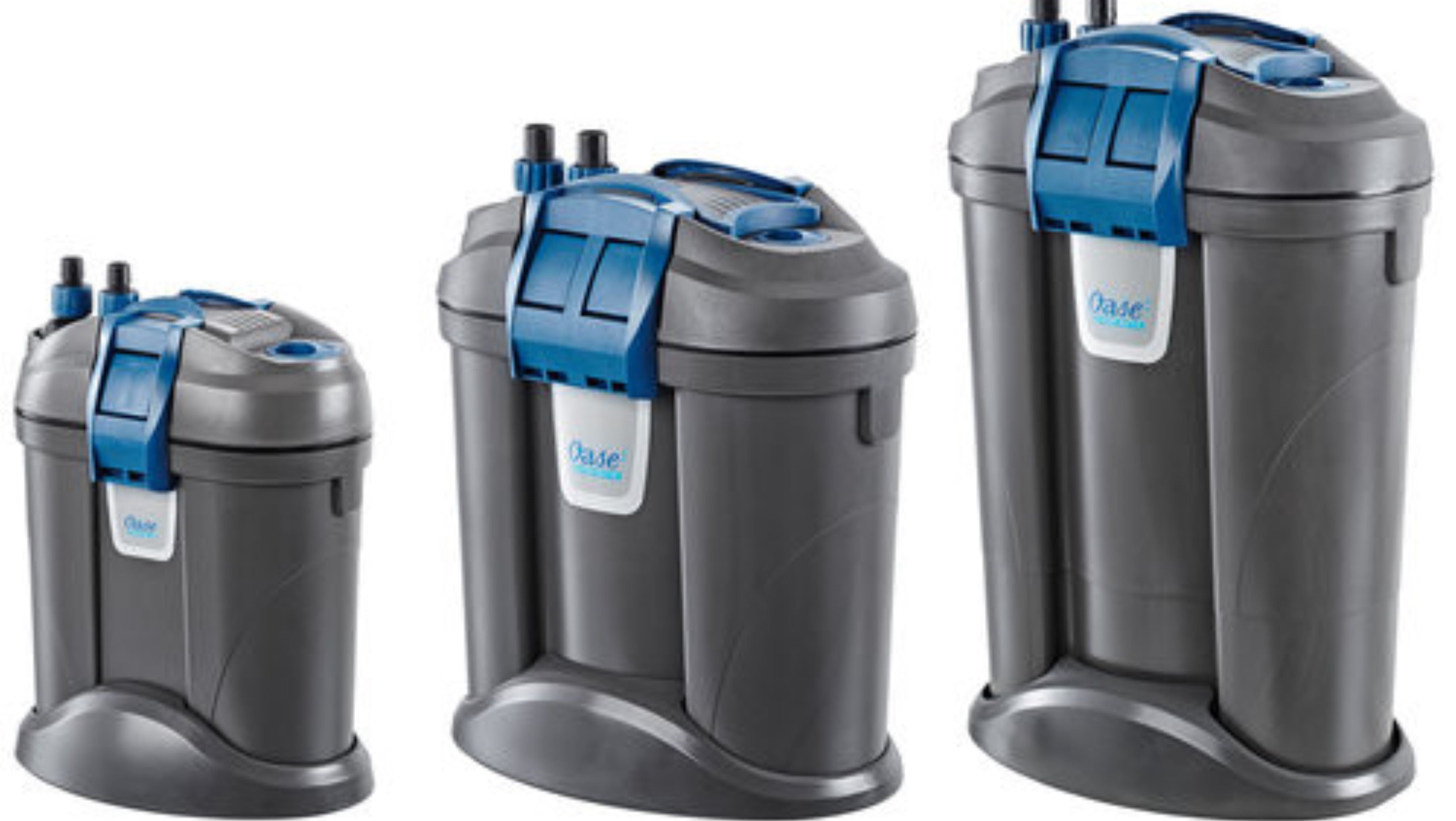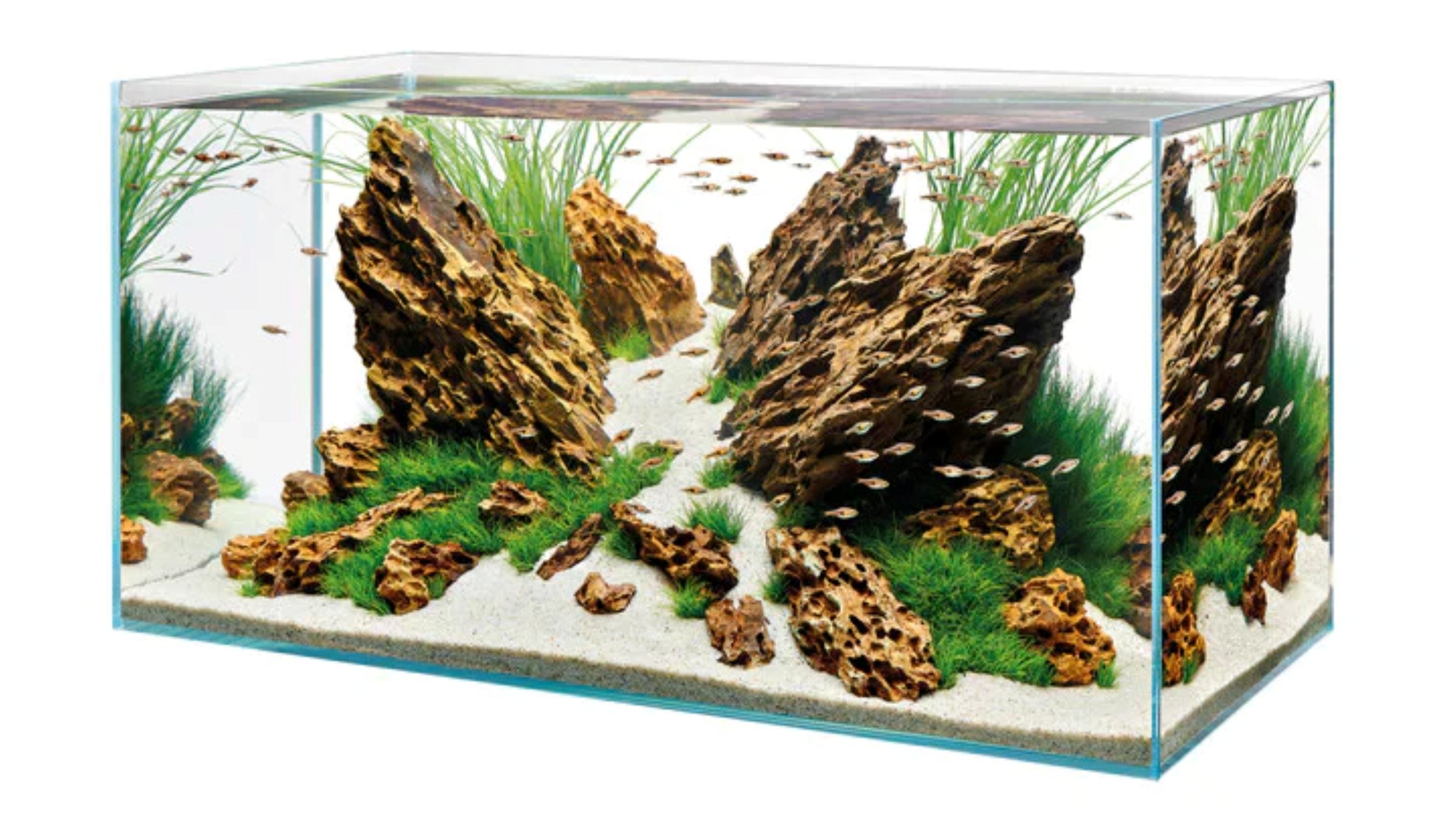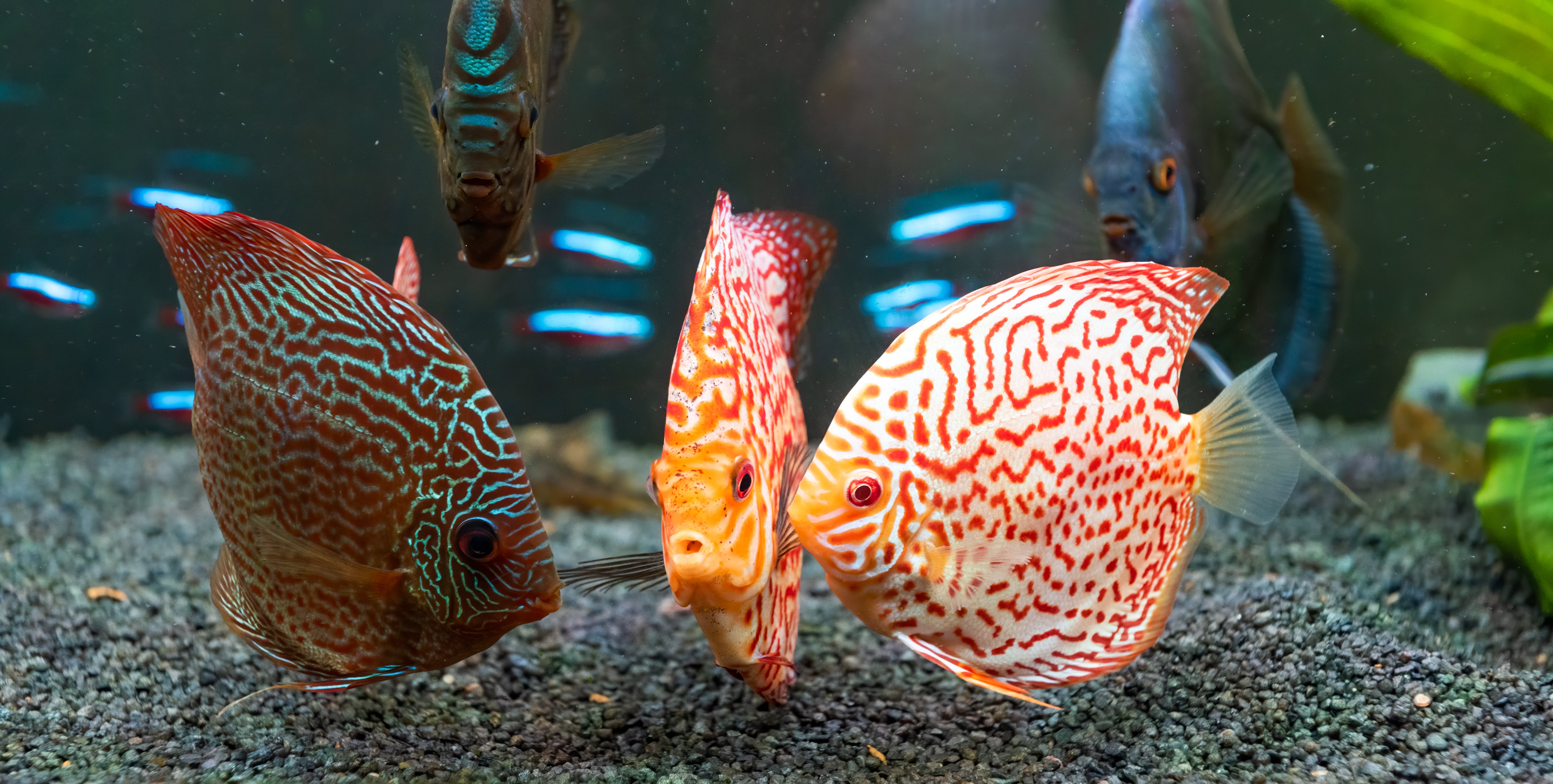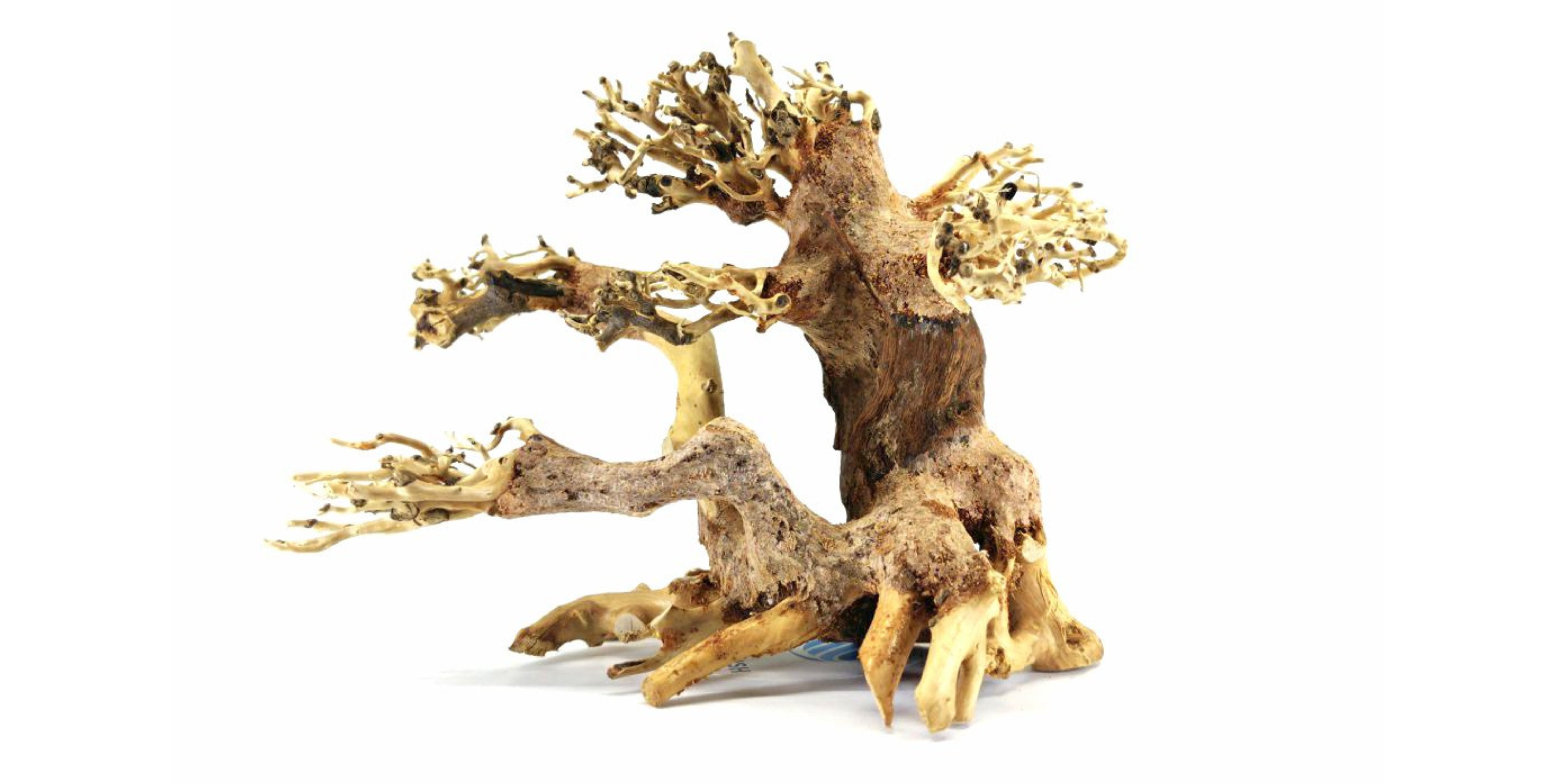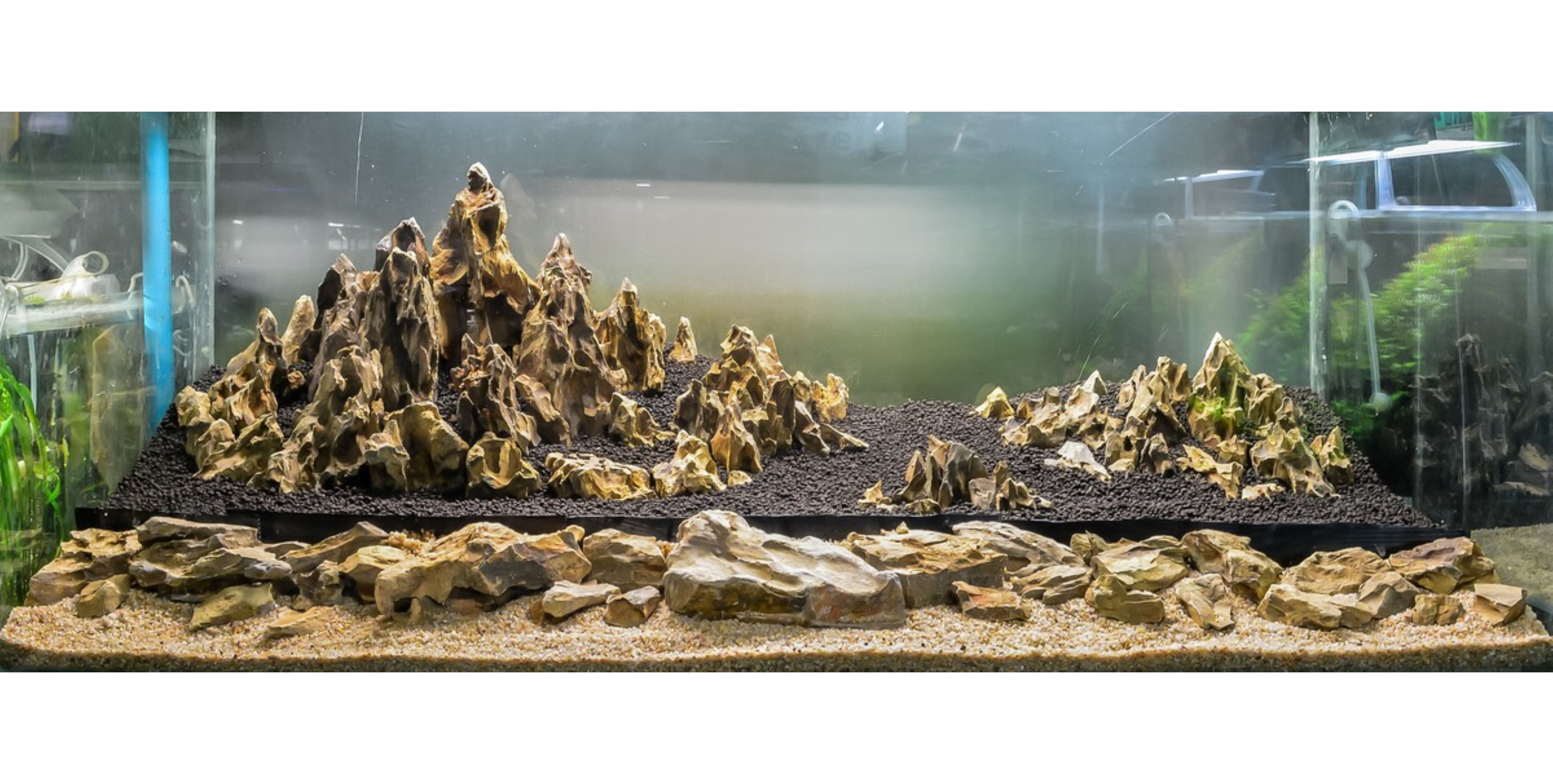Table of Contents
Welcome to the ultimate guide to aquarium plants! If you're looking to create a lush and vibrant underwater garden, you've come to the right place. Whether you're a beginner or a seasoned aquarist, this comprehensive guide will provide you with everything you need to know about aquatic plants.
In this guide, we'll take you through the different types of aquatic plants, their care requirements, and how to incorporate them into your aquarium. We'll provide you with expert tips on planting, maintenance, and troubleshooting common issues. Plus, we'll share some inspiring ideas to help you design a stunning underwater landscape.
So, get ready to dive into the fascinating world of aquatic plants. Whether you're looking for a serene and peaceful environment or a vibrant and colorful underwater paradise, this guide will help you turn your aquarium tank into a aquascaping breathtaking masterpiece.
Benefits of Having Aquarium Plants in Your Garden
Aquatic plants are not just visually appealing additions to your underwater garden, but they also play a crucial role in maintaining a healthy and balanced ecosystem. From oxygenating the water to providing shelter for freshwater fish and other aquatic creatures, these plants offer a wide range of benefits that can enhance the overall well-being of your aquarium.
One of the primary benefits of having aquatic plants in your garden is their ability to improve water quality. Through the process of photosynthesis, aquatic plants absorb carbon dioxide and release oxygen, which is essential for the survival of fish and other aquatic life. This not only improves the overall oxygen levels in the water but also helps to remove excess nutrients, such as nitrates and phosphates, that can lead to algae growth and other water quality issues.
In addition to improving water quality, aquarium plants also provide a natural habitat for a variety of aquatic creatures. Many fish species, as well as invertebrates like freshwater shrimp and aquarium snails, rely on the hiding places and shelter offered by aquarium plants to thrive. This creates a more diverse and balanced ecosystem within your aquarium, which can lead to healthier and happier inhabitants.
Different Types of Aquarium Plants
When it comes to aquarium plants, there is a vast and diverse array of species to choose from, each with its unique characteristics and care requirements. Understanding the different types of aquatic plants can help you make informed decisions when selecting the right plants for your underwater garden.
One of the most common categories of aquatic plants is the submerged plants, which are fully submerged in the water and rely on the aquarium's water column for their nutrients. These plants include species like Java Moss, Anubias, Amazon Sword, and Cryptocoryne, which are known for their lush, dense foliage and ability to thrive in a variety of aquarium settings.
Another category of aquarium plants is the floating plants, which are not rooted in the substrate but instead float on the surface of the water. These plants, such as Salvinia Minima and Red Root Floater, can provide valuable shade and cover for fish while also helping to regulate water parameters by absorbing excess nutrients.
In addition to submerged and floating plants, there are also emergent plants, which have a portion of their foliage above the water's surface. These plants, like Cyperus Helferi and Hygrophila, can add a unique and visually striking element to your aquarium while also serving as a natural filter for the water.
Choosing The Right Aquarium Plants for Your Underwater Garden
When it comes to selecting the right aquarium plants for your underwater garden, there are several factors to consider, including the size of your aquarium, the lighting conditions, and the water parameters.
One of the most important factors to consider is the size of your fish tank. Larger aquariums can accommodate a wider variety of plant species, while smaller tanks may be better suited to more compact and low-growing plants. It's essential to carefully research the mature size and growth habits of each aquatic plant to ensure that they will fit comfortably within your aquarium.
Another crucial factor to consider is the lighting conditions in your aquarium. Different plant species have varying light requirements, with some thriving in high-light environments and others preferring lower-light conditions. By matching the plant's light requirements to the lighting setup in your aquarium, you can ensure that your plants will thrive and contribute to a healthy, vibrant underwater garden.
In addition to size and lighting, it's also important to consider the water parameters in your aquarium, such as pH, temperature, and water hardness. Different plant species have unique preferences when it comes to these water parameters, so it's essential to research the specific needs of the plants you're considering and ensure that your aquarium's water conditions are suitable for their growth and development.
Setting Up and Maintaining An Underwater Garden
Creating a thriving underwater garden requires careful planning and attention to detail. From selecting the right aquarium substrate to properly planting and maintaining your aquarium plants, there are several key steps to ensure the long-term success of your aquarium.
One of the first steps in setting up an underwater garden is choosing the right substrate. Live aquarium plants require a nutrient-rich substrate that can provide the necessary nutrients for their growth and development. Gravel, sand, or specialized aquarium substrates can all work well, but it's important to research the specific needs of the plants you plan to include in your aquarium. We recommended using aquarium soil such as Oase Scapperline, UNS Controsoil.
Once you have the substrate in place, it's time to start planting your aquatic plants. When planting, it's essential to consider the growth habits and rooting requirements of each plant. Some plants, like Anubias and Amazon Sword, do better when attached to aquarium driftwood or rocks for aquarium, while others, like Cryptocoryne and Vallisneria, thrive when planted directly into the substrate.
Maintaining an underwater garden requires regular care and attention. This includes tasks like pruning overgrown plants, removing dead or dying leaves, and monitoring water parameters to ensure they remain within the optimal range for your plants. Regular water changes and the addition of fertilizers or supplements may also be necessary to keep your aquatic plants healthy and thriving.
Common Problems and Solutions for Aquarium Plants
One of the most common issues faced by aquarium owners is algae growth. Excessive algae can cover and smother aquatic plants, preventing them from receiving the light and nutrients they need to thrive. To combat algae, it's essential to maintain a balanced ecosystem, with proper lighting, water parameters, and nutrient levels. Introducing algae-eating fish or invertebrates, such as Otocinculus or Amano Shrimp, can also help to keep algae control.
Another common problem is nutrient deficiencies, which can lead to stunted growth, discoloration, or even the death of aquatic plants. To address this issue, it's important to monitor the levels of key nutrients, such as nitrogen, phosphorus, and iron, and supplement them as needed. Using a high-quality aquarium fertilizer or adding specific nutrients can help to ensure your plants receive the nourishment they require. We recommended to use APT 1, APT 3 from 2 Hour Aquarist
Pests and diseases can also be a concern for aquatic plants. From snails and algae-eating fish to bacterial and fungal infections, there are a variety of potential threats to the health of your plants. Regularly inspecting your plants, quarantining new additions, and addressing issues promptly can help to prevent and manage these problems effectively.
Tips for A Lush and Vibrant Underwater Garden
One of the most important tips for a lush and vibrant underwater garden is to start with a solid foundation. This means ensuring that your aquarium's water parameters, substrate, and aquarium light are all optimized for the specific needs of your chosen plant species. Taking the time to get these elements right from the beginning will pay off in the long run with healthier, more vibrant plants.
Another key tip is to create depth and visual interest in your underwater garden. This can be achieved by incorporating a variety of plant sizes, shapes, and textures, as well as using hardscaping elements like driftwood or rocks to add visual interest and depth. Arranging your plants in a way that creates a sense of depth and layering can make your underwater garden feel more natural and inviting.
Finally, don't be afraid to experiment and try new plant species. The world of aquatic plants is vast and diverse, and there's always something new to discover. By continually exploring and trying different plants, you can keep your underwater garden fresh, exciting, and ever-evolving.
Popular Aquarium Plants for Beginners
One of the most popular and beginner-friendly aquatic plants is Java Moss. This versatile plant is easy to care for, grows quickly, and can be used in a variety of ways, from carpeting the substrate to attaching to driftwood or rocks. Java Moss is also a great oxygenator, helping to keep your aquarium's water quality in check.
Another excellent choice for beginners is the Anubias plant. Anubias are known for their hardy nature and ability to thrive in a wide range of aquarium conditions. They come in a variety of sizes and leaf shapes, making them a great option for adding visual interest to your underwater garden.
For those looking to add some height and texture to their aquarium, the Cryptocoryne plant is a fantastic choice. These plants come in a range of colors and growth habits, from the compact and bushy Cryptocoryne wendtii to the tall and slender Cryptocoryne spiralis. Cryptocorynes are relatively easy to care for and can help to create a lush, natural-looking underwater landscape.
Conclusion
In conclusion, aquatic plants are an essential and rewarding component of any underwater garden. From their ability to improve water quality to the visual beauty they bring to an aquarium, these plants offer a wealth of benefits that can transform your aquarium into a thriving, vibrant ecosystem. At Splashy Fish, we further guarantee that all of our aquarium plants for sale are submerged grown and cover by our Live Arrival Guarantee. Visit our fish store online or our aquarium virginia area to find what surprise is waiting for you.
FAQs
Are aquarium plants hard to keep?
Aquarium plants vary in difficulty. Beginner-friendly plants like Java Moss For Sale and Anubias are easy to care for with minimal maintenance. However, some plants with specific light or nutrient needs can be more challenging.
Are planted aquariums hard to maintain?
Maintaining a planted aquarium requires regular care such as pruning and monitoring water parameters. With proper setup and routine maintenance, it can be manageable and rewarding.
Can I grow aquarium plants in aquarium substrate?
Yes, many aquarium plants can grow on substrates like gravel or sand. Plants like Cryptocoryne and Vallisneria are often planted directly into the substrate for root growth. Others, like Java Fern and Anubias, prefer attachment to driftwood or rocks.


